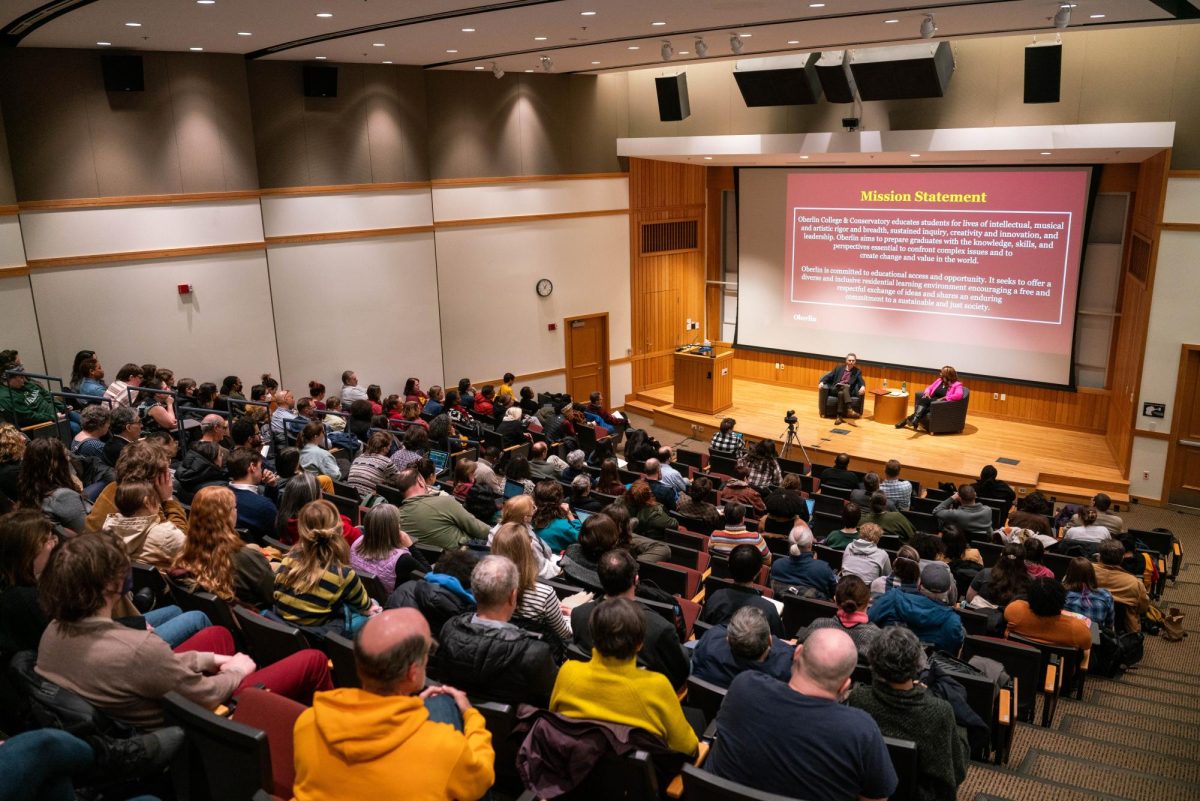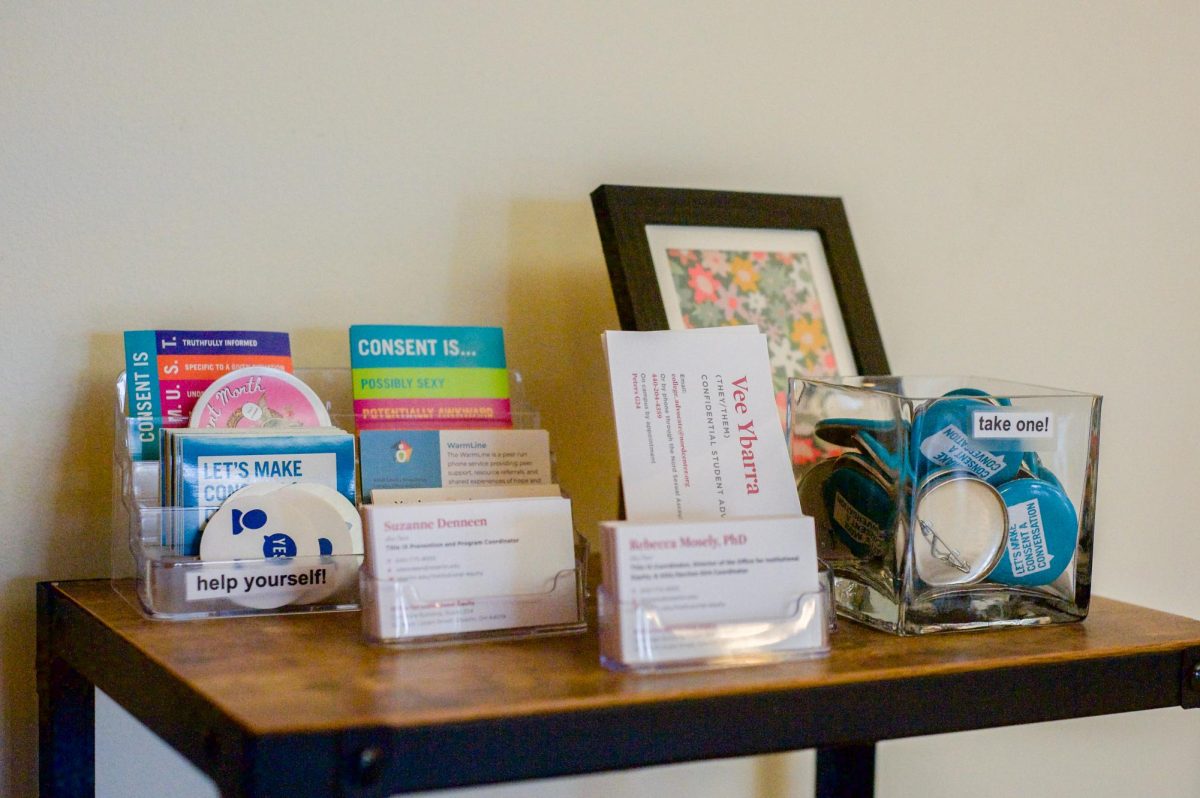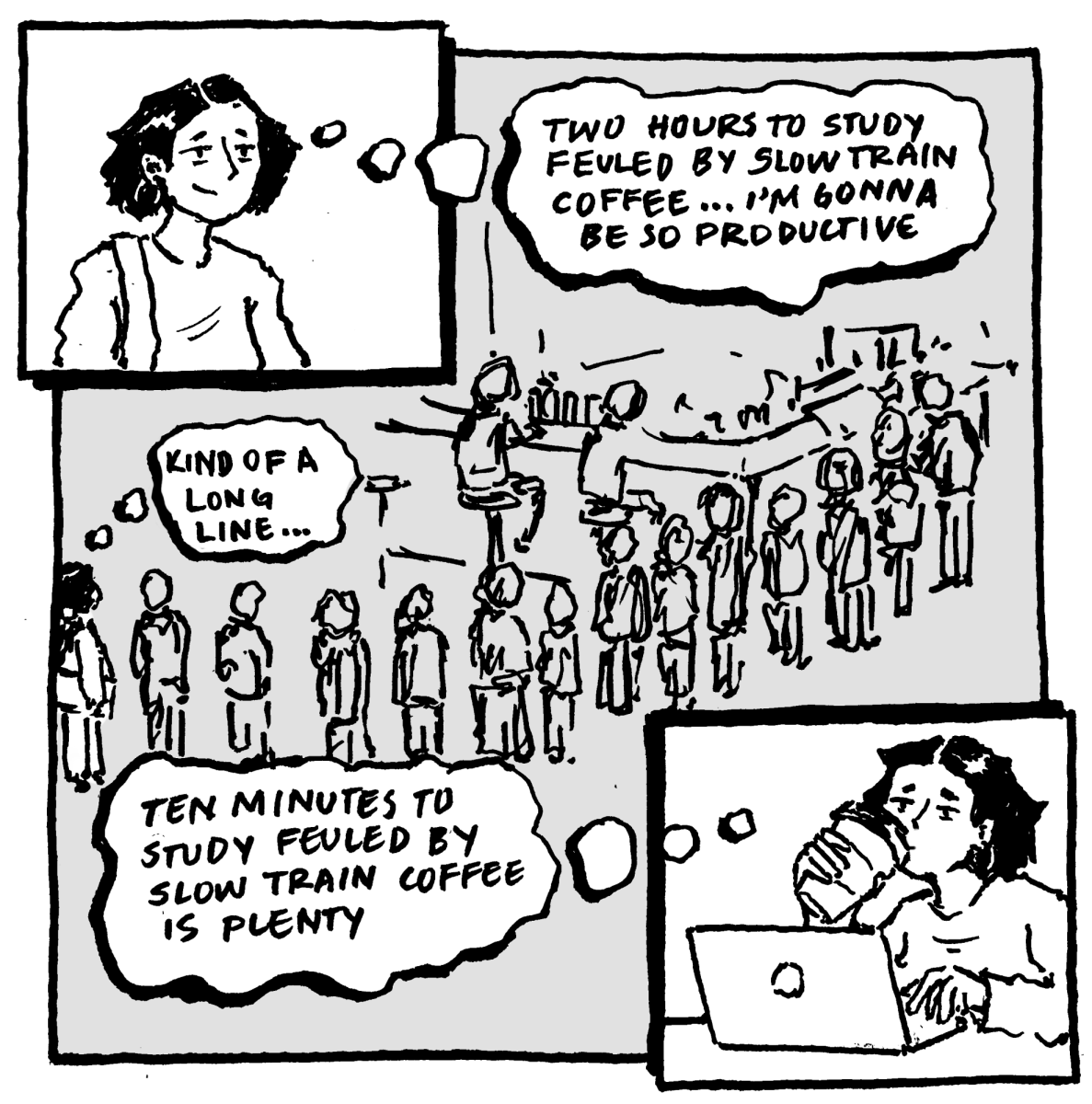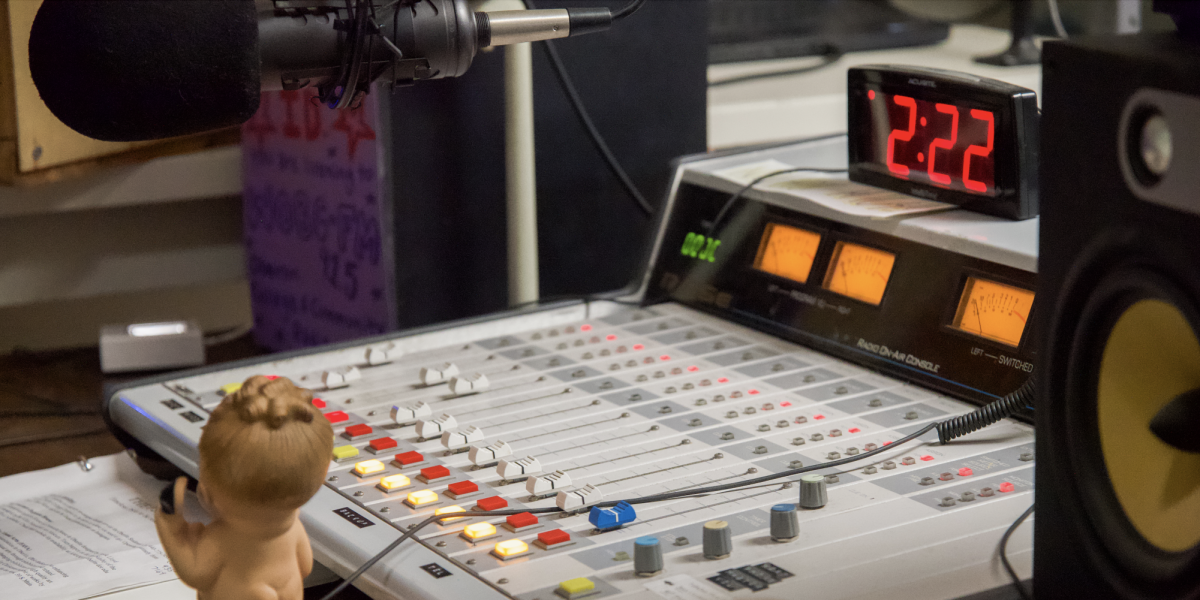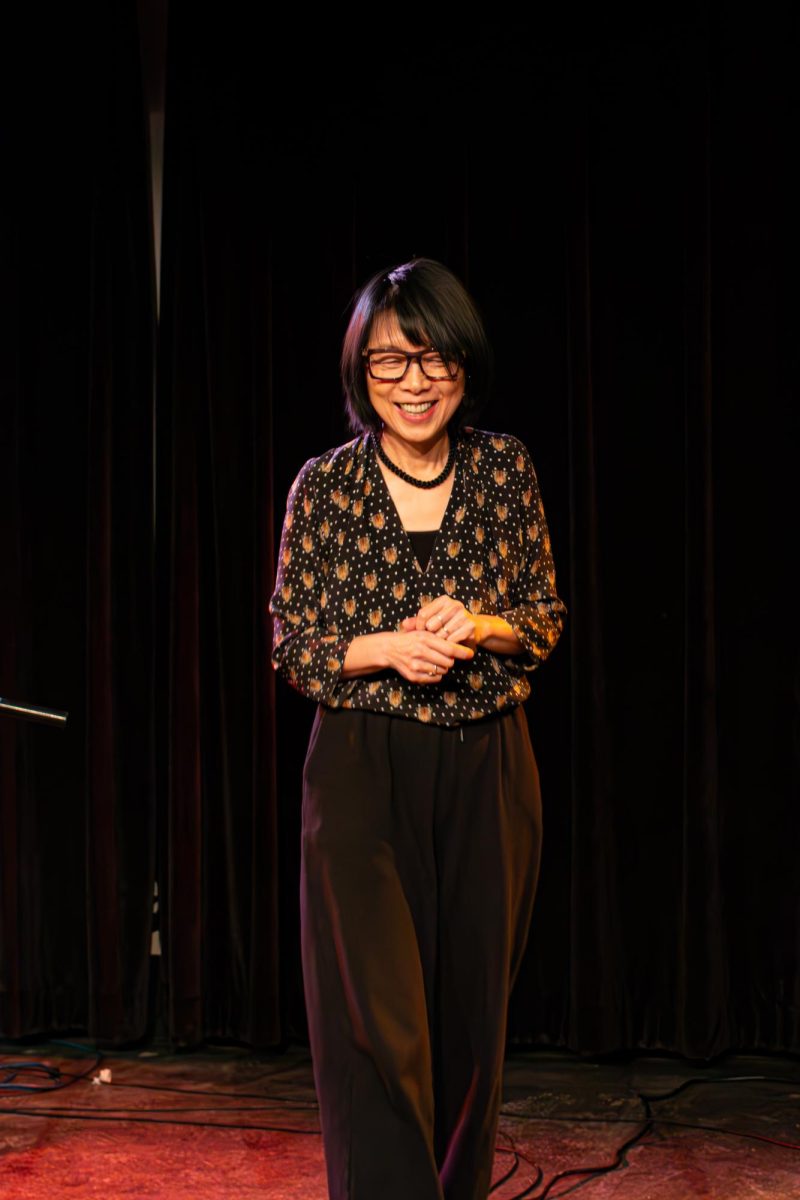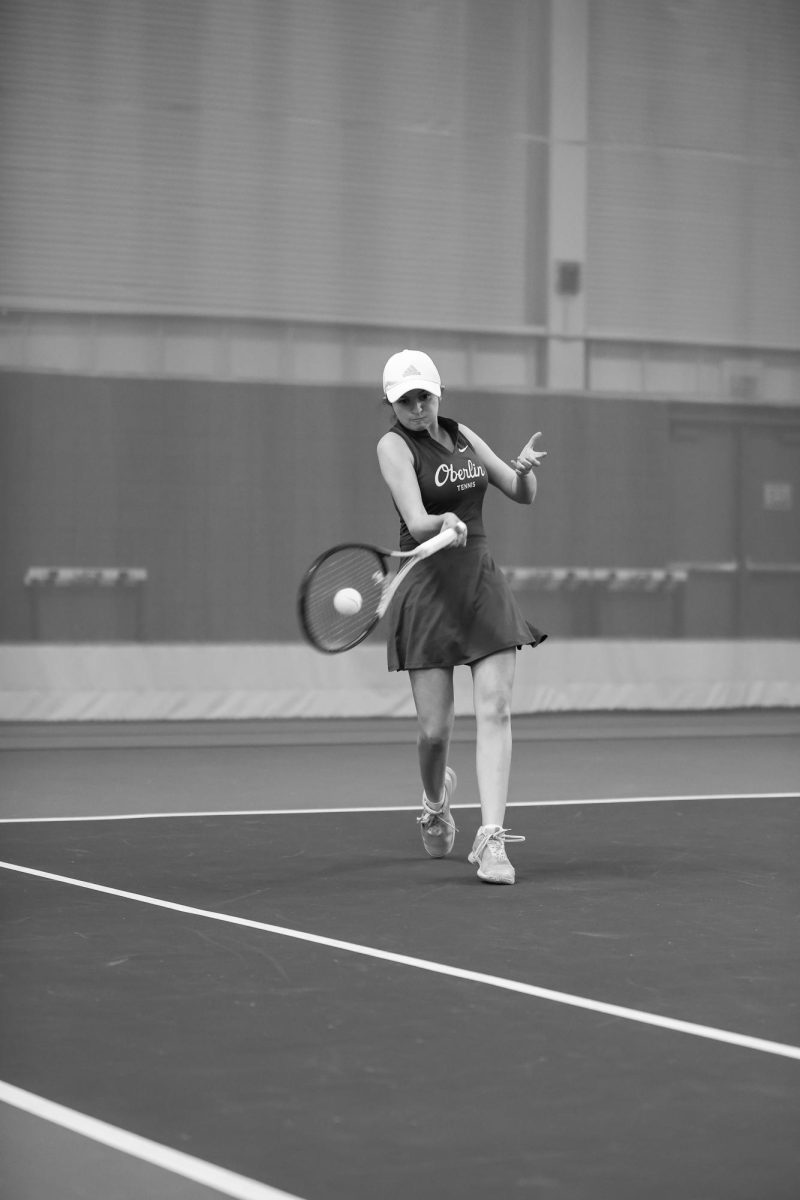Ski Racing Highlights Benefits and Dangers of Competition
November 15, 2013
From the time I was eight until I graduated high school, November was always a waiting month. I spent November checking the weather and monitoring snowfall levels in Tahoe, waiting for ski season. Thanksgiving was never about stuffing my face with turkey or meeting extended family; rather, Thanksgiving usually marked the day my beloved mountain of Sugar Bowl would open its doors and I could finally put on my skis.
My experience skiing when I was younger was atypical of my peers. I didn’t ski for fun, I didn’t go to the mountains with my whole family for a leisurely vacation, I didn’t ever take hot chocolate breaks. I didn’t ski for skiing’s sake. I skied for competition.
From the end of November sometimes until well into May, I would wake up at 6 a.m. and drive three hours with my dad from the San Francisco Bay area to Tahoe. At 9 a.m. I would put on my skis and train with the Sugar Bowl Ski Team until the lifts closed at 4 p.m.
Ski racing is an exhausting sport. Some training days were spent “running laps” on one course, trying to beat my previous time by as little as a couple hundredths of a second. Some days my team members and I endured brutal temperatures and chilly winds. I have distinct memories of my coach, a big, burly guy named Jim who competed in rodeos during his free time, telling us on really cold, wet days that we could not go inside until every spot on his leather gloves was dark from melting snow. Occasionally I would wake up for “early-bird training” at 5 a.m. to ski before the mountain opened up.
The skiing world I knew was brutally competitive, but the competitive drive didn’t come from the young athletes themselves. While I began competitive ski racing because, as a naive 8-year-old, I wanted a cool uniform, most of my teammates began skiing because their parents were former Olympians or U.S. Ski Team members.
I remember one teammate of mine, Maddie, whose father had been a member of the U.S. Ski Team. Unable to ski competitively anymore, Maddie’s father made it his goal to turn his two daughters into world-class aerial skiing champions. Aerial skiing is an Olympic event in which the athletes ski off of two to four-meter jumps that propel them about six meters into the air. Once in the air, the aerialists do gymnastics-like flips. It is to skiing as diving is to swimming. Despite living three hours from Tahoe, Maddie skied every Friday, Saturday, Sunday and occasionally on Thursdays as well. She had missed so many days of school for skiing that although she was my age, she was two grades behind me in school. On days when she wasn’t skiing, Maddie would be at the gym working on trampoline stunts to prepare herself for aerial skiing.
While writing this article, I decided to look Maddie up to see if she was still skiing. She isn’t. She goes to UC Santa Barbara, where snow is unheard of. The pressure her father put on her made her burn out.
When I started high school, I was told if I wanted to remain competitive, I would have to take my commitment to skiing to the next level. If I wanted to be as good a skier as possible, instead of going to a regular high school, I would have to go to the Sugar Bowl Academy. The Sugar Bowl Academy is one of many ski academies, small schools in which students spend the first half of the day training on the mountain and the second half of the day in school. Skiing, not academics, takes priority. The Academy’s goal is to turn high school students into professional athletes.
Unlike many of my teammates, whose parents urged, if not forced, their children to enroll in the Academy, my parents forbade me. Not skiers themselves, my parents saw it as a risky path. They knew what I couldn’t understand at such a young age — that I had other passions and that a traditional high school education would serve me much better later in life than a sub-par education intended only to supplement a skiing career. I realize if I had gone to the Sugar Bowl Academy I likely would have burned out as well.
However, I learned a lot doing competitive skiing. I learned how to win, how to lose, how to care for my equipment, how to root for and compete against my friends and how to endure pain and discomfort. My experiences doing competitive skiing formed me. In skiing, I was rewarded for doing well and for trying hard but not for being a passive participant.
Contrary to what many people think, competition doesn’t turn kids against each other. In skiing I was always told that I wasn’t competing against other people, and that it didn’t matter how they did; I was just competing against the clock. Skiing is about improving your time, not putting down others.
In one of my many politics classes, we were discussing the merits of competition. Many students found it destructive. But there is a distinction. Competition that is driven by children’s parents is destructive. It causes kids to burn out. But competitive sports are by no means inherently destructive to children. Competitive sports give children skills nothing else can deliver. I would even go so far as to say that participating in sports is essential for children’s development. At least it was for me.






